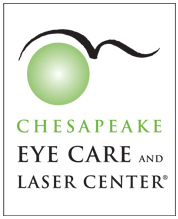What is Dry Eye?
Dry eye is a long-term chronic disease that causes discomfort and may compromise vision if left untreated. The condition occurs when the eyes do not produce enough tears or the appropriate quality of tears to keep the eyes lubricated, healthy and comfortable. The eyes produce tears either at a slow, steady pace or they produce large quantities of tears due to irritation or crying. Excessive tearing from dry eye may sound counterintuitive, but it is the eye’s response to discomfort. If the tears do not keep the eye wet enough, the eye becomes irritated and prompts the gland to make more tears.
Types of Dry Eye
- Evaporative Dry Eye is caused by blockage in the Meibomian glands that create the lipid (oil) layer of the tear film and are located in the eyelids. This condition of obstructed glands is known as Meibomian Gland Dysfunction (MGD). When the glands aren’t working properly, they do not produce enough tear film oil and the tears, which lubricate and keep the eyes comfortable, evaporate too quickly. An insufficient oil layer can cause tears to evaporate four to six times faster.
- Aqueous Deficient Dry Eye occurs when the lacrimal glands do not create a sufficient amount of aqueous (water) to keep the eyes moist. Traditional treatments such as topical eye drops may help alleviate symptoms from this form of dry eye.



